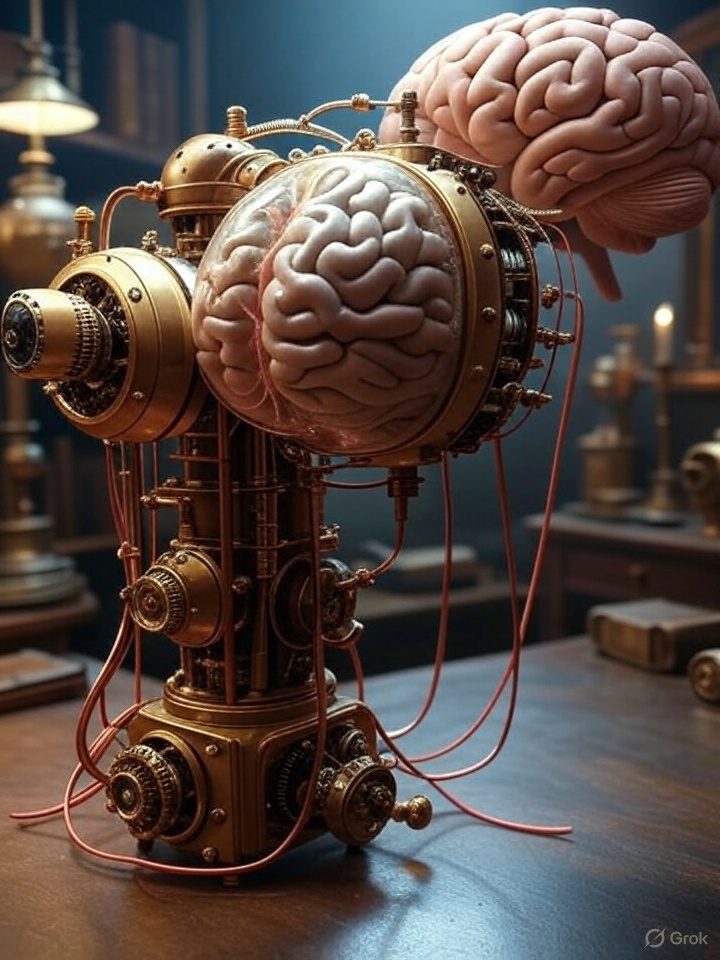Imagine waking up from a vivid dream — say, one where you’re sprinting from a horde of walking wardrobes or sitting in a classroom in your underwear — and being able to watch it play out like a short film.
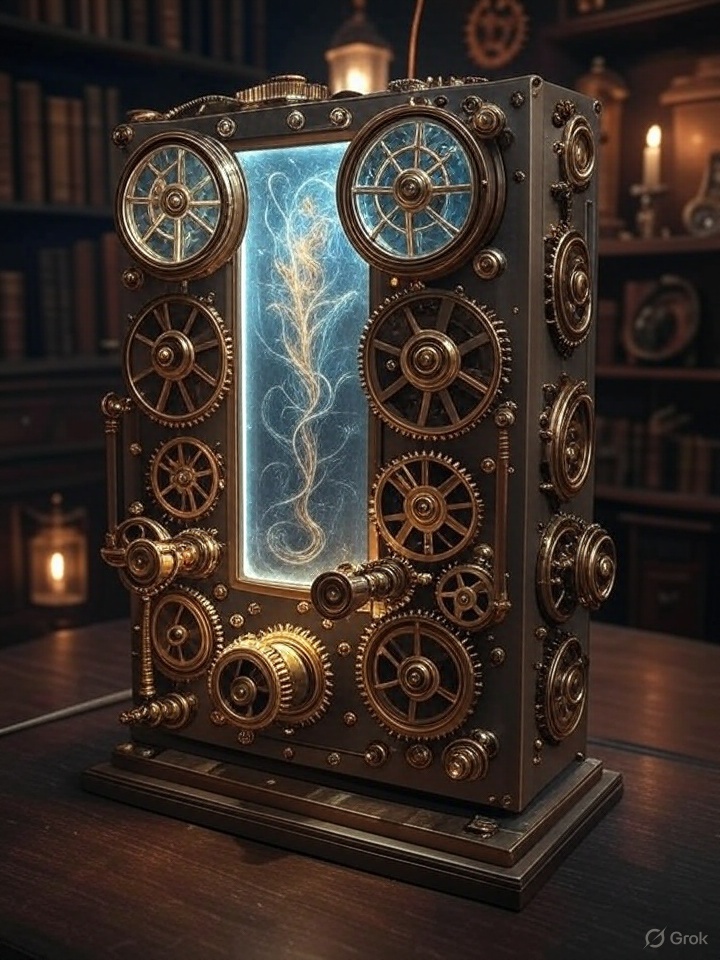 This is no longer the stuff of sci-fi. Modem Works, a forward-thinking startup, has introduced the Dream Recorder, a device that transforms your dream recollections into AI-generated video clips. And the best part? You can build it yourself with a Raspberry Pi, a 3D printer, and open-source code from GitHub .
This is no longer the stuff of sci-fi. Modem Works, a forward-thinking startup, has introduced the Dream Recorder, a device that transforms your dream recollections into AI-generated video clips. And the best part? You can build it yourself with a Raspberry Pi, a 3D printer, and open-source code from GitHub .
Unlike futuristic dream-recording gadgets in movies that tap into brainwaves, the Dream Recorder takes a refreshingly practical approach. It relies on your own words. When you wake up, you simply recount your dream aloud to the device. Using advanced AI models from OpenAI and LumaLabs, it processes your description and generates a short, low-resolution video that captures the essence of your subconscious adventure. Think of it as a visual diary for your dreams, rendered in an impressionistic, ultra-low-definition style that mirrors the hazy, fluid nature of dreaming itself.
The device is designed to be a minimalist, phone-free companion for your bedside. It emits a soft glow in the dark, stores up to seven videos (one for each day of the week), and operates without apps or notifications, preserving the tranquility of your bedroom. Modem Works describes it as “a portal to your subconscious,” and early reactions suggest it’s as intriguing as it sounds. One X user remarked, “The coolest part about this is ultra-low definition as a feature,” while others are already dreaming of sharing their wildest nighttime escapades.
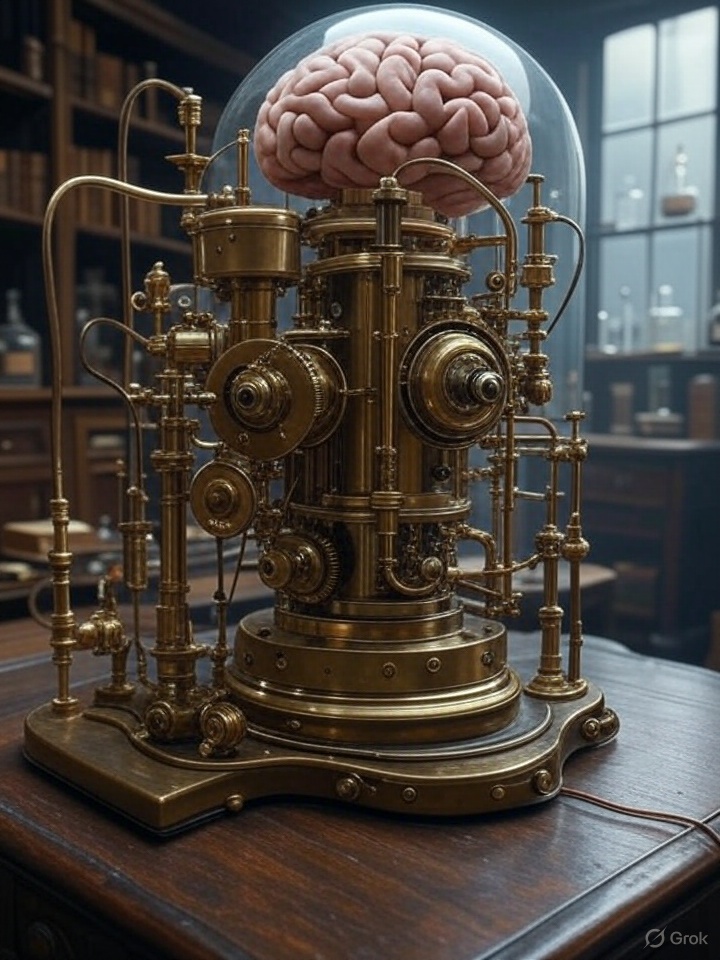 What sets the Dream Recorder apart is its DIY ethos. Modem Works has made the entire project open-source, inviting tinkerers and dreamers alike to bring their visions to life. The GitHub repository provides everything you need: code, hardware documentation, and 3D-printable designs for the device’s glow-in-the-dark shell. With components costing around €285 (as of May 2025), including a Raspberry Pi and off-the-shelf parts, it’s an accessible project for tech enthusiasts. No soldering required — just a passion for exploring the boundaries of technology and imagination.
What sets the Dream Recorder apart is its DIY ethos. Modem Works has made the entire project open-source, inviting tinkerers and dreamers alike to bring their visions to life. The GitHub repository provides everything you need: code, hardware documentation, and 3D-printable designs for the device’s glow-in-the-dark shell. With components costing around €285 (as of May 2025), including a Raspberry Pi and off-the-shelf parts, it’s an accessible project for tech enthusiasts. No soldering required — just a passion for exploring the boundaries of technology and imagination.
The Dream Recorder uses OpenAI’s text-to-speech and prompt generation APIs for processing your narrative, costing less than a cent per dream, and LumaLabs’ video generation API, which runs about $0.14 per 5-second clip at 540p resolution. Setup is straightforward: clone the repository, configure your API keys, and run the provided dreamctl script to manage the Docker container. You can even customize the device’s settings via a command-line tool or extend its functionality by adding support for alternative AI providers like Claude or Gemini.
While the Dream Recorder doesn’t directly “read” your mind, it raises fascinating questions about how we interact with our subconscious. Some X users have expressed curiosity about its ethical implications, asking, “Will it depict a bad dream?” Modem Works’ response was cryptic yet inviting: “Let your subconscious speak.” For those worried about privacy, the device’s standalone nature and open-source design offer transparency and control over your data.
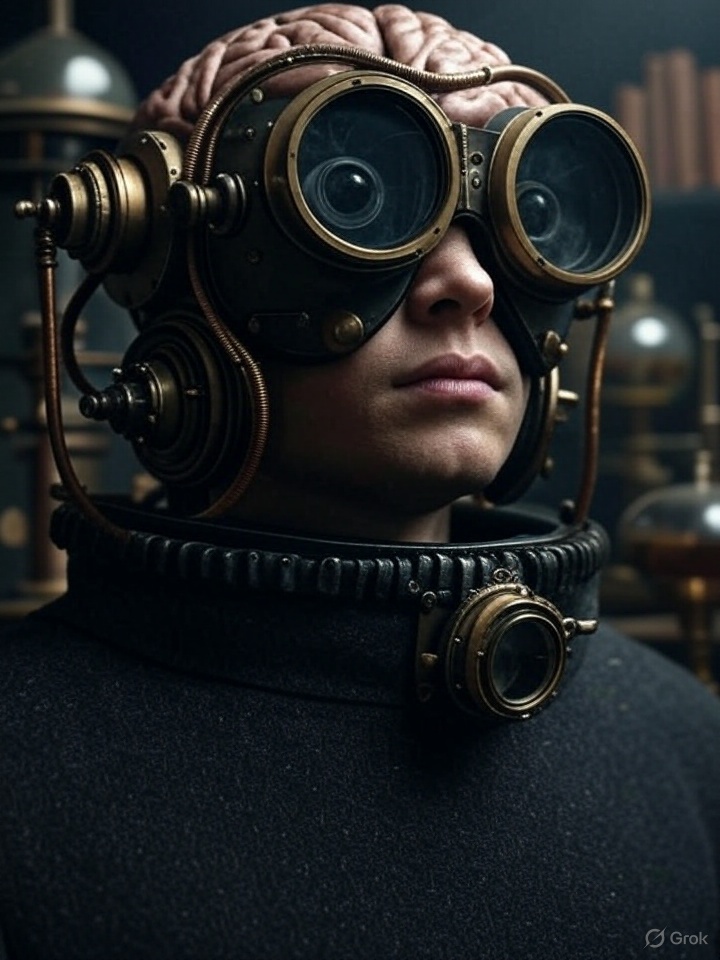 This isn’t Modem Works’ first foray into imaginative tech. The studio, a hybrid of a think tank and design firm, previously created Terra, an open-source, handheld GPS and AI companion for mindful wandering.
This isn’t Modem Works’ first foray into imaginative tech. The studio, a hybrid of a think tank and design firm, previously created Terra, an open-source, handheld GPS and AI companion for mindful wandering.
Their commitment to open innovation shines through in the Dream Recorder, which has already garnered 379 stars and 15 forks on GitHub since its launch in June 2025.
The project’s MIT License encourages contributions, with Modem Works welcoming ideas like optimizing component costs or adding features like screen-blanking schedules.
Also read:
- In June, the QUASA team carried out a buyback for the amount of 361,631 QUA (Quasacoin)
- AI Agent for Investors: Analyzing 100 NASDAQ Companies in Minutes
- Human Nature in the Eyes of AI – A Dark and Honest Reflection
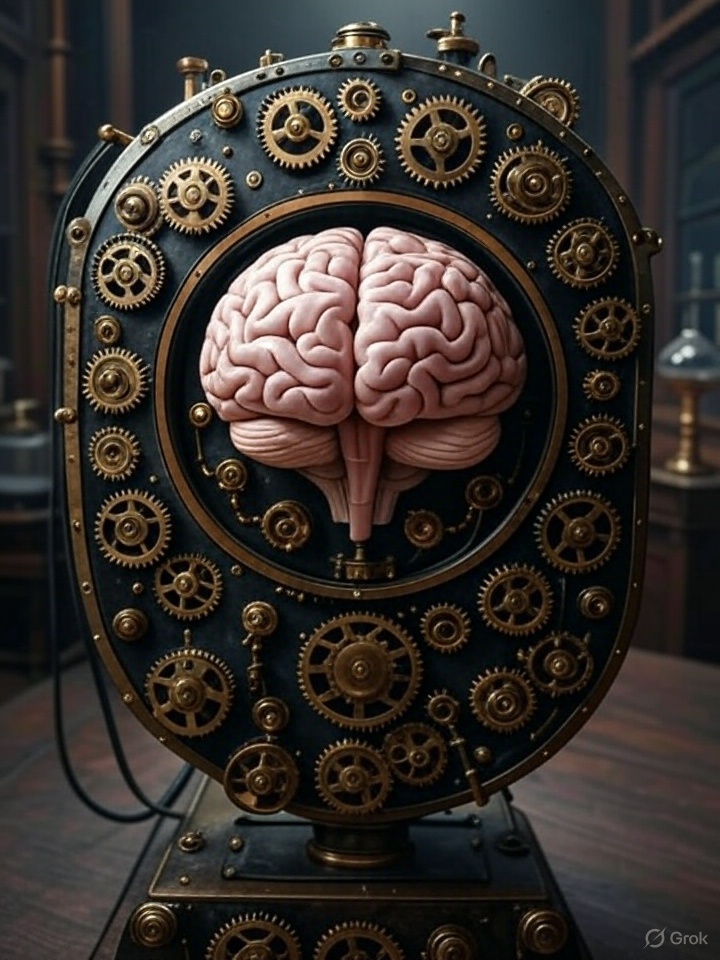 The Dream Recorder is more than a gadget—it’s a creative tool that bridges the ephemeral world of dreams with the tangible realm of technology.
The Dream Recorder is more than a gadget—it’s a creative tool that bridges the ephemeral world of dreams with the tangible realm of technology.
Whether you’re reliving a surreal escape or reflecting on recurring themes, it offers a new way to engage with your mind’s nightly stories. So, grab your Raspberry Pi, fire up your 3D printer, and head to GitHub. Your dreams are ready for their close-up.
Sources:
- Modem Works Website: https://modemworks.com

